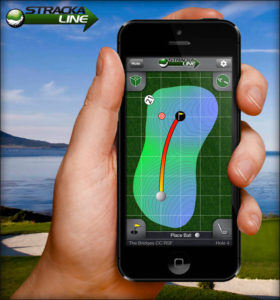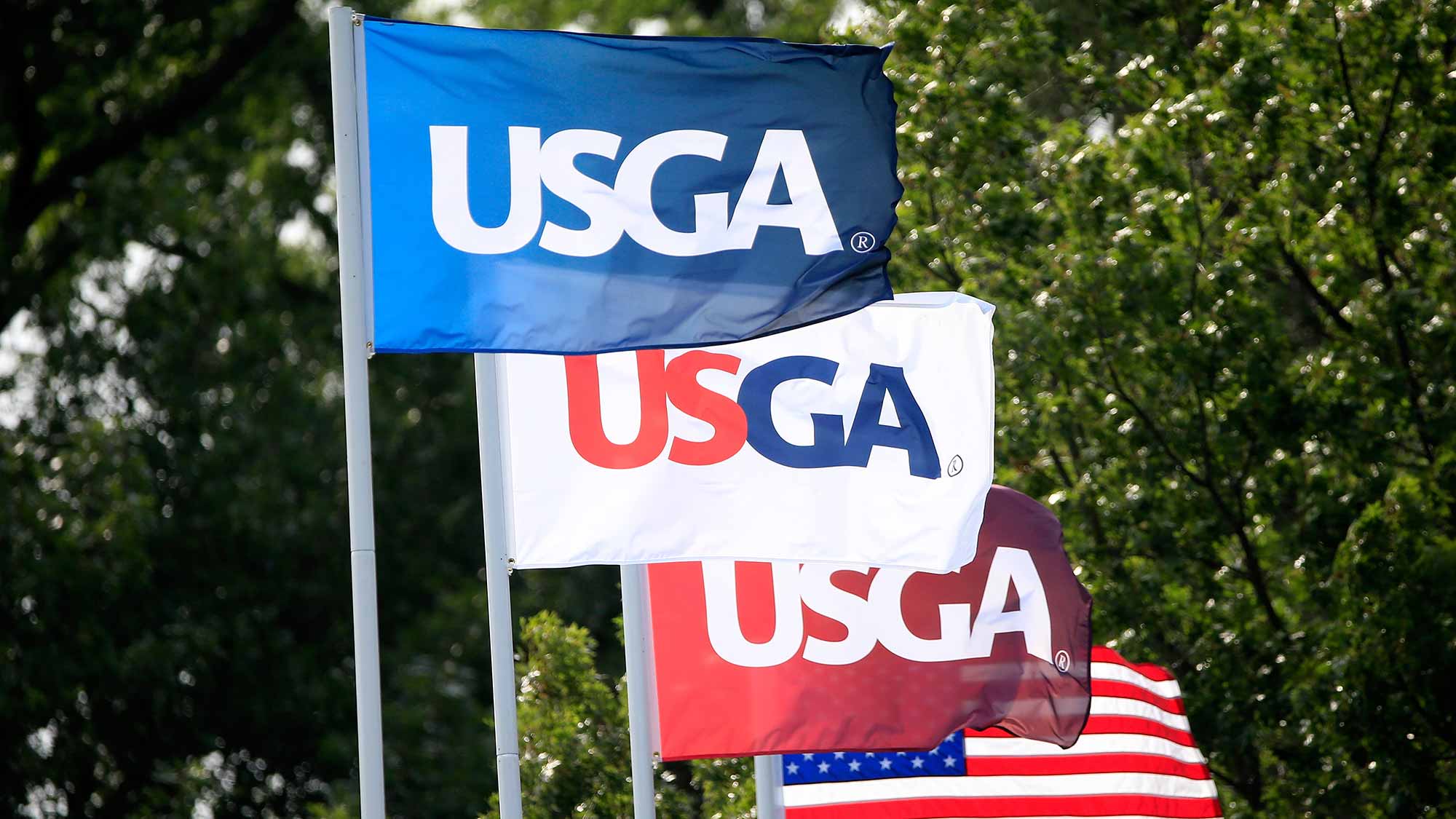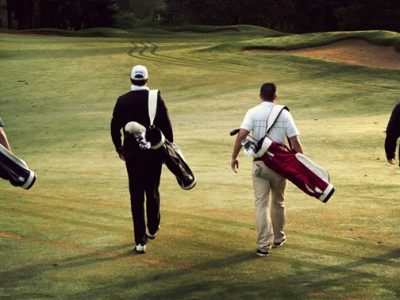By Ed Travis
The R&A and the USGA, the co-arbiters of the Rules of Golf should be congratulated for their efforts to simplify the Rules of Golf in their most recent edition, which will take effect on January 1, 2019. However, these two organizations have missed the boat with the recent reinterpretation of Rule 4.3 (Use of Equipment) covering information players may use to describe the topography of putting surfaces, the “greens reading books.”
In a USGA press release, Thomas Pagel, the Senior Managing Director of Governance for the USGA was quoted, 
“These latest modifications provide very practical changes that make the interpretation easier to understand and apply in the field.”
To say skepticism runs rampant would be an understatement. Quoting from an earlier column, “USGA Shoots Themselves in the Foot…Again,”
“The USGA’s stipulation today’s green reading books give an advantage to players doesn’t hold up. Green reading books of the type the USGA is banning are used almost exclusively by elite players and most commonly on the professional tours. The simple fact the putting average on the PGA Tour for the past 15 years has actually gone up didn’t appear to have made a difference to what was assumedly an already formed opinion.”
The new rule does not ban green reading books, nor APPs, but does require some minor limits on the content.
The rationale for the new interpretation ignores the facts concerning PGA Tour putting statistics. The USGA said, again quoting from the press the USGA’s announcement,
“It reaffirms the governing bodies’ view that the ability of golfers to read greens using their own judgment is an essential skill that should be maintained and defines how such materials may be used.”
There’s no argument with green reading being an essential skill but to presume green reading books somehow mitigate that skill flies in the face of what the best putters in the world, those on the PGA Tour, are actually accomplishing.
Another part of the reasoning was that by limiting green reading materials the pace of play would improve. There are several ways to speed up play at the U.S. Open and U.S. Amateur, messing with green slope information is definitely at the bottom of the list. Even the rankest amateur knows the amount of break on a given putt depends on how hard it is struck, even knowing the line is only one factor of knocking the ball in the hole.
Another issue is how will the new rule be enforced?
 Jim Stracka, CEO of StrackaLine, the foremost publisher of greens reading books stated,
Jim Stracka, CEO of StrackaLine, the foremost publisher of greens reading books stated,
“The new rule places limitations on the [physical] size of books and the scale size of the image of a green, but those limitations will have negligible impact on StrackaLine as the company was building its books within those specifications prior to the announcement of the rule.”
Is this like the NBA? No blood no foul?
It looks like all of this wasn’t for the sake of greens books giving an unfair advantage, not when the most salient factor in putting is proper speed. The new rules didn’t really change what Jim Stracka and his people do.
Why did the USGA and R&A go through this exercise? That is a very good question and one that remains unanswered. It does, however, bring up another much more important issue of relevancy.
As has been previously pointed out, the USGA seems to have lost touch with the everyday game we play. Aren’t there other more important issues like figuring out how to set up a difficult, but fair U.S. Open course that doesn’t have “browns” rather than greens?
If the PGA Tour thought the topographical information in greens reading books was an issue they could ban them. The new rule interpretation applies to a very small fraction of golfers. Have you ever witnessed anyone in your regular foursome using a greens reading book?
This seems to be a replay of other issues such as square grooves, solid core golf balls, clubface rebound, anchored putting and the unfulfilled goal of USGA Executive Director, Mike Davis to roll back golf ball distance.
Realistically it makes no difference if green reading books are banned, or required to be thumbnail size, with a tiny number of elite players using them. But given the lack of clarity and reasonableness over this issue is it any wonder those, who play solely for the love of the game might think our ruling body has lost touch?










